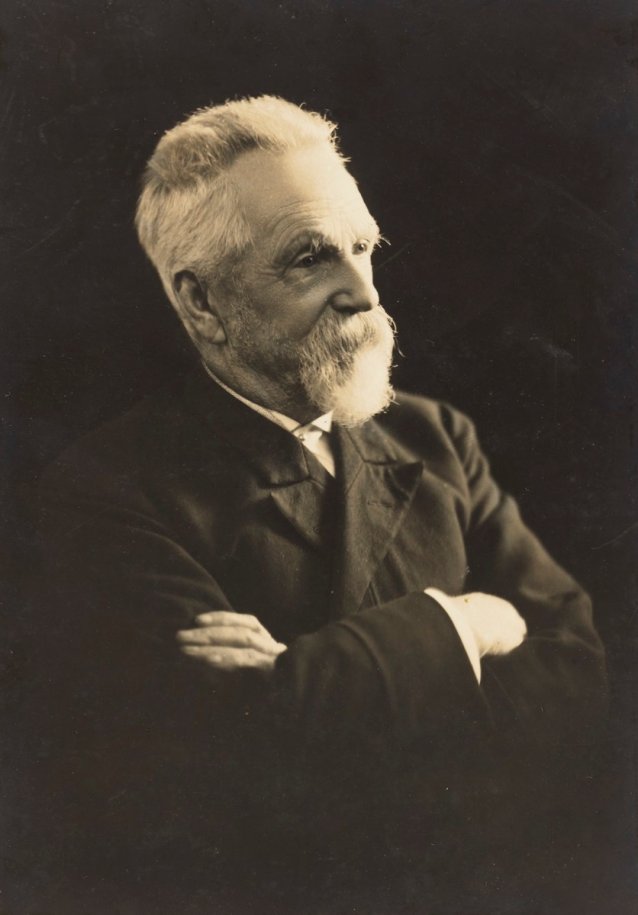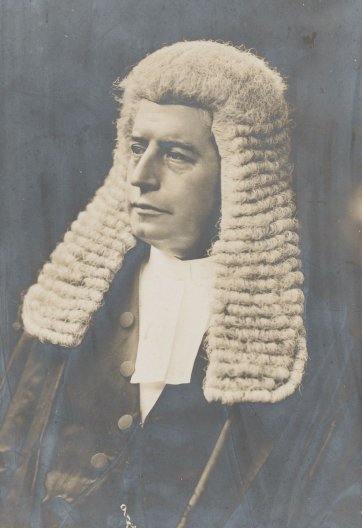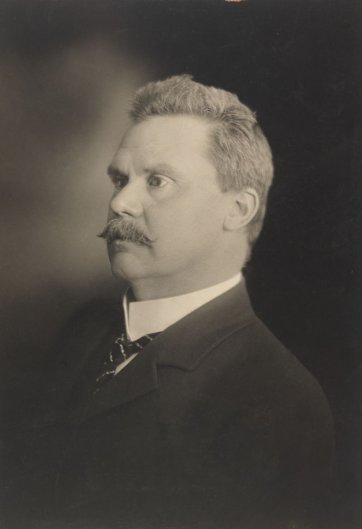George Brown (1835-1917), clergyman, established numerous Methodist missions in the Pacific from the late 1880s. Born in Durham, England, Brown’s mother died before he was five and his father, an editor, barrister and Unitarian preacher, remarried. As a youth, the strong-willed, rebellious Brown clashed with his disciplinarian stepmother who declared he was headed for the gallows. Brown left home at age 16, finding work apprenticed to a draper for whom he also smuggled contraband. While working as crew on a troopship he broke his leg badly while at dock in Quebec. He travelled widely in Canada before migrating to New Zealand in 1855, following his aunt Sarah who had married a missionary there. Brown joined the Methodist Society and married Sarah Lydia Wallis, daughter of a local preacher. In 1860 Brown was ordained in Sydney and the family spent the next 14 years at the Methodist Mission in Samoa, where seven of their children were born and Brown supervised missionaries and teachers. He returned to Australia several times in the 1870s to garner support for expansion of the missions into the islands of New Britain and New Ireland, now within Papua New Guinea. In 1878, about year after settling in New Britain, Brown confronted the cultural complexities and violent realities of life on this new frontier when the Reverend Sailasa Naucukidi and three missionary teachers were murdered. Embroiled in the isolated community’s fear-fuelled foment, Brown was among the party who punished the islanders responsible in a week of bloodshed. In the resulting controversy it became known as the ‘Blanche Bay affair’but the Wesleyan conference of 1881 accepted that Brown did what was necessary to secure the mission. With 29 new mission stations and churches established in the region, but having lost two of their children to illness, the Browns returned to Sydney in 1881. Back in Sydney, Brown promoted the Pacific missionary cause through letters to the Sydney Morning Herald sent under various pseudonyms. He was awarded an honorary D.D. by McGill University, Montreal, Canada, in 1892.
As General Secretary of the Australian Methodist Mission between 1888 and 1908, Brown dealt with the secession of the Free Church as special commissioner to Tonga, contributed at the 1890 meeting of the major Protestant missions in British New Guinea and continued to lead the expansion of the Pacific missions. Brown was also vice-president of the British and Foreign Bible Society and the Australian Native Races Protection Society. He forged close relationships with numerous colonial administrators. Brown actively participated in the ‘scientific’ discourse surrounding the Pacific peoples with whom he worked. He described his Pacific artefacts collection in the Proceedings of the Zoological Society of London and contributed to the Australasian Association for the Advancement of Science. Also a Fellow of the Royal Geographical Society, he published several accounts of Pacific societies and an autobiography. Robert Louis Stephenson reportedly wished to write Brown’s biography after meeting him in the 1890s. In 1885, Brown’s daughter Mary Elizabeth became one of Sydney University’s the first two women graduates. Brown died at home in Gordon, Sydney in 1917.
Collection: National Portrait Gallery
Gift of Nancy Joyce 2014
The National Portrait Gallery respects the artistic and intellectual property rights of others. Works of art from the collection are reproduced as per the
Australian Copyright Act 1968 (Cth). The use of images of works from the collection may be restricted under the Act. Requests for a reproduction of a work of art can be made through a
Reproduction request. For further information please contact
NPG Copyright.


















